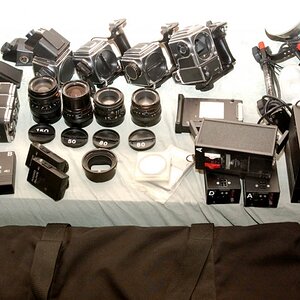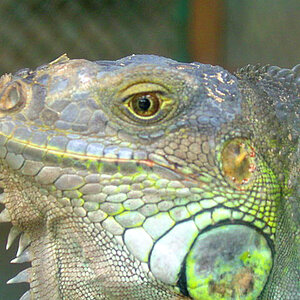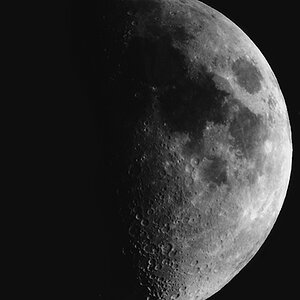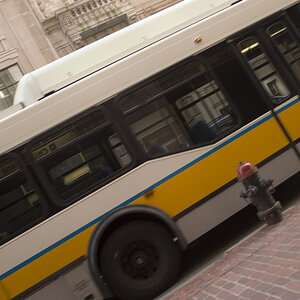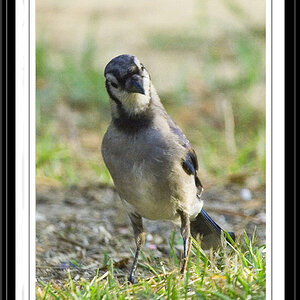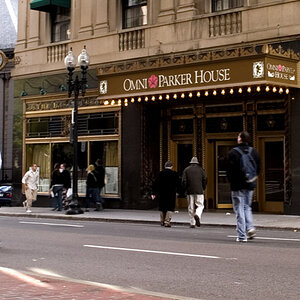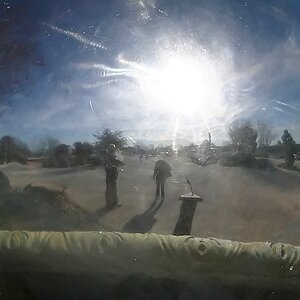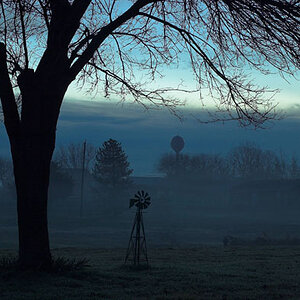OccamsRazor
TPF Noob!
- Joined
- Aug 15, 2013
- Messages
- 13
- Reaction score
- 0
- Location
- Kansas
- Can others edit my Photos
- Photos OK to edit
I was wondering if anyone could point me in the right direction. I notice that when I upload my photos to the computer that my photos tend to have a red color to them. They also appear darker on the computer. I do have my monitor calibrated. I kind of see it on the display on the camera too but it's not as harsh as it would be on the computer. Is there anything specific I should look for in the camera settings that I may have set without knowing? Is it possibly the white balance that I have set?


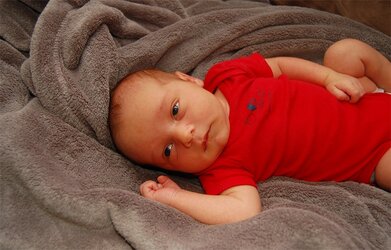
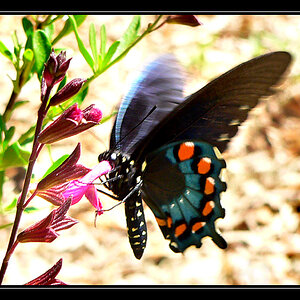
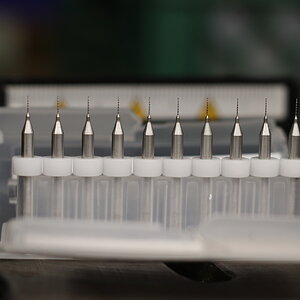
![[No title]](/data/xfmg/thumbnail/37/37115-e2d49d984453c62a2a20cf741e3d6679.jpg?1619737883)
